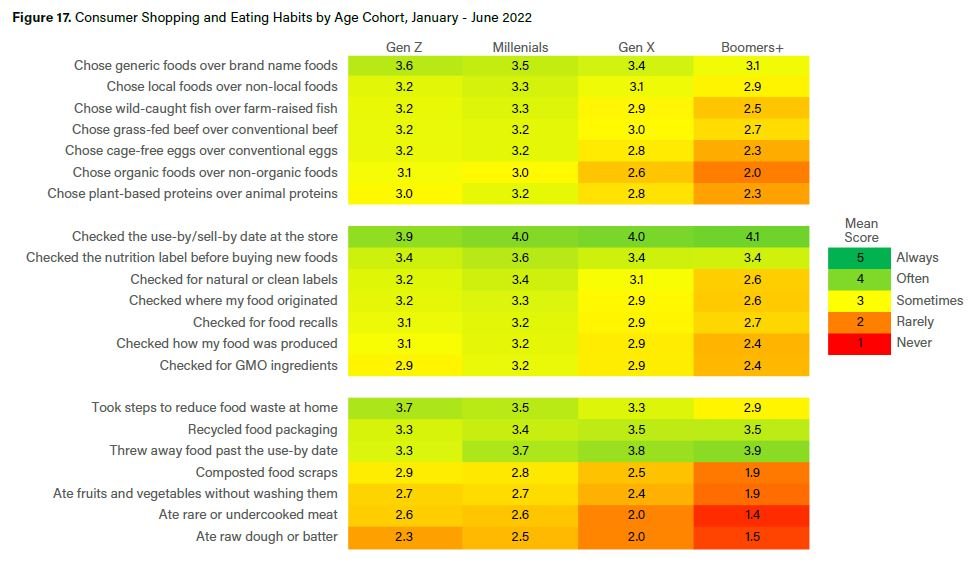Along with my colleagues at the Center for Food Demand Analysis and Sustainability at Purdue, we’ve created a new data dashboard we’re calling #Meat, which shows volume and sentiment of social media (or traditional news media) about meat and meat alternatives over time and across the United States. The dashboard is based on criteria and procedures Nicole Widmar and colleagues outlined in an academic paper published in Meat Science earlier this year.
Here is a screenshot of social media sentiment and volume surrounding plant-based meat in 2022. Sentiment is most positive in California, Washington, Iowa, and Texas and most negative in Idaho, Nevada, Arizona, and Wisconsin. On a per-capita basis, volume of social media searches on plant-based meat are highest in Wyoming, Vermont, and Delaware.
Here is the same except for pork. Sentiment is uniformly positive across the U.S., but highest in Arkansas (perhaps due to the mascot of the large public University in the state?)
Play around with the data yourself! The data will be updated on a weekly basis.
Thanks to my colleagues Nicole Widmar, Jinho Jung, and Annapurni Subramaniam who helped create the dashboard.











